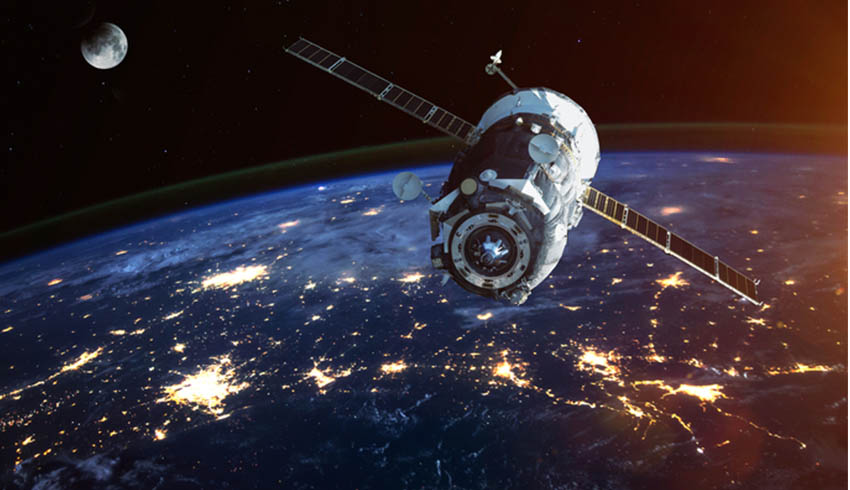We’re now in Space 2.0, with the commercial space sector playing a much larger role through companies such as SpaceX and Amazon.
The Australian Space Agency has embraced Space 2.0 to promote the growth of Australia’s commercial space industry and it’s the commercial sector that’s leading innovation and transforming the global space industry.
So, what’s next?
Australian Strategic Policy Institute (ASPI) senior analyst Dr Malcolm Davis said Space 3.0 was on the horizon with the emergence of an in-space economy.
He said Space 3.0 implied a shift of industry and economic activity into orbit and beyond to the moon.
“Rather than hauling everything up Earth’s steep gravity well on rockets, it’s ultimately cheaper to manufacture in space, and to sustain human activity through in situ resource utilisation – known in the space business as ISRU – while at the same time generating new types of industry and new paths to profit,” he said in a recent article on the ASPI The Strategist blog.
“We’re seeing the first stirrings of Space 3.0 now.”
Dr Davis said the recent International Astronautical Congress (IAC) in Washington, the California company Made In Space demonstrated its work on developing advanced 3D printers to build objects in space.
That ranged from electronic components and small satellites to large structures.
Made in Space has signed a US$73 million contract with NASA for a spacecraft called Archinaut One to construct two, 10-metre solar arrays in orbit. That would prove the technology so that more ambitious goals could be pursued.
Dr Davis said this had the potential to generate all sorts of new secondary industries and services by the late 2020s and early 2030s.
For example, orbiting commercial space platforms will need logistics support and there’s an expanding market for in-space repair and refuel of satellites and other platforms using robotic systems.
There are growing opportunities for commercial companies to deal with accumulating space junk.
“For Australia, this journey promises exciting times. Space 2.0 has transformed the global space sector for the better and Space 3.0, which is likely to take shape later in the next decade, will open up even more ambitious horizons,” Dr Davis said.
“That means Australia needs to be forward-looking and ambitious in how it thinks about space. We need to take a lead on driving policy and regulatory reform to manage the next decades of space activity, while managing risks of astropolitical competition between major powers and among commercial space actors that could generate a risk of conflict.”

